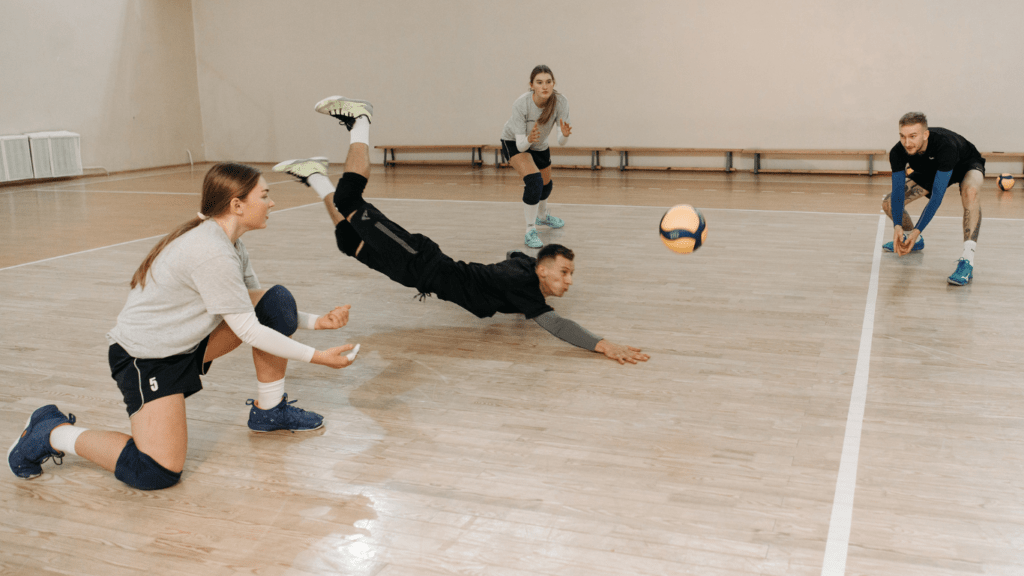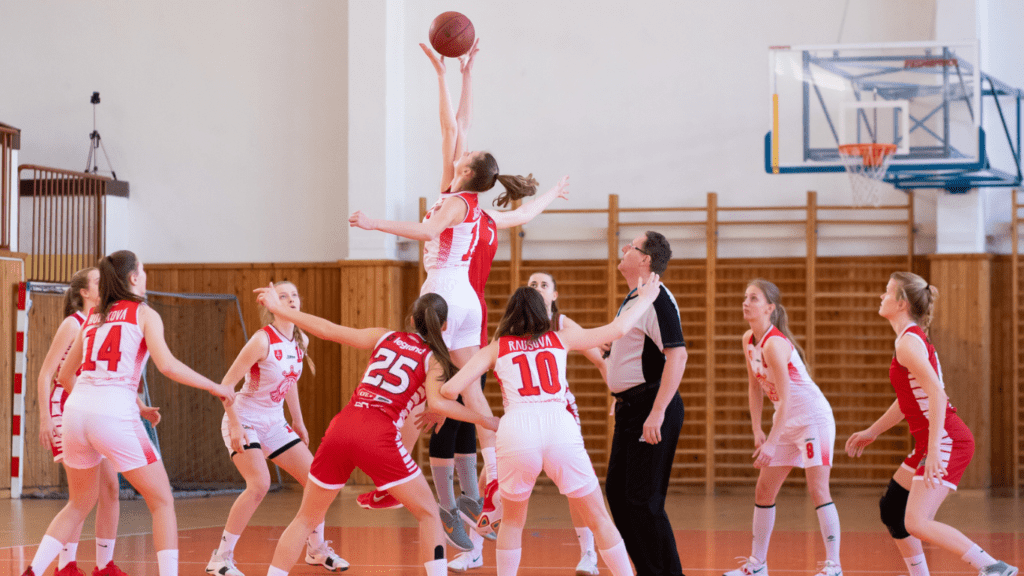Historical Overview of Women’s Sports
Women’s sports have transformed dramatically over the decades. Key milestones and groundbreaking achievements mark this journey, offering both historical insight and modern relevance.
Early Beginnings and Key Milestones
Women began participating in sports in ancient times, but opportunities were limited and participation often discouraged. Notable milestones emerged in the late 19th and early 20th centuries:
- 1896: Women excluded from the first modern Olympic Games.
- 1900: Women competed in tennis and golf at the Paris Olympics.
- 1928: Track and field events for women introduced in the Amsterdam Olympics.
Breakthroughs in the 20th Century
The 20th century marked significant strides for women in sports. Major developments in this era include:
- 1960s: Formation of women’s leagues in basketball, soccer, and field hockey.
- 1972: Passage of Title IX in the US, prohibiting gender discrimination in federally funded educational programs, including sports.
- 1996: Women’s softball and soccer introduced at the Atlanta Olympics, leading to greater visibility and participation.
These breakthroughs laid the groundwork for the modern landscape of women’s sports, leading to increased visibility and broader acceptance in various athletics fields.
Significant Achievements in Women’s Sports
Female athletes have made remarkable progress, achieving milestones that have significantly impacted society and gender norms, and continually breaking records across various sports.
Record-Breaking Performances
Women athletes have consistently shattered records, demonstrating their exceptional skills and determination. Florence Griffith-Joyner set a world record in the 100-meter sprint, clocking in at 10.49 seconds in 1988 that still stands today.
In tennis, Serena Williams has garnered 23 Grand Slam singles titles, the most by any player in the Open Era.
The US Women’s National Soccer Team’s four World Cup titles and Olympic gold medals in 1996, 2004, 2008, and 2012 have also set remarkable benchmarks in team sports.
Influence on Society and Gender Norms
- The achievements of women in sports have not just set records, they’ve also influenced societal attitudes and gender norms.
- Title IX, enacted in 1972, played a pivotal role by mandating equal funding for men’s and women’s sports in educational institutions which bolstered female sports participation and shifted public opinion.
- Icons like Billie Jean King, who defeated Bobby Riggs in the 1973 “Battle of the Sexes” tennis match, have been instrumental in challenging gender stereotypes.
- These trailblazers have shown that women are just as capable as men in competitive sports, helping to dismantle long-standing societal barriers.
Challenges Faced by Women Athletes

Women’s sports have come a long way, but numerous challenges remain for female athletes.
Issues of Equality in Pay and Opportunities
Female athletes often face pay disparities compared to their male counterparts. In soccer, for instance, the U.S. Women’s National Team’s legal battle for equal pay is a prominent example.
Forbes reported that, in 2019, female than their male Everest of Everest, tougher to overcome.
Opportunities and training resources mirror these pay gaps. Male athletes, across various sports, generally receive better facilities and higher quality coaching.
Tennis star Serena Williams once highlighted her struggles with securing equal treatment and opportunities early in her career. These discrepancies place added pressure on women striving for success in their respective sports.
Media Representation and Coverage
Media coverage of women’s sports remains significantly lower than that of men’s sports. A 2018 study by Purdue University found that only 4% of sports media coverage went to women athletes.
This lack of coverage affects sponsorship deals and public recognition, with few brands investing in women’s sports.
When media outlets do cover women’s sports, the focus tends to shift from athletic ability to personal lives or aesthetic aspects.
Female athletes, like gymnast Simone Biles, often face scrutiny over appearance rather than their performances. This imbalance perpetuates gender stereotypes and undervalues women’s contributions to sports, limiting their visibility and marketability.
The Role of International Sports Organizations
International sports organizations play a crucial role in advancing women’s sports by fostering policies and support structures to promote gender equality and empower female athletes.
Policies for Gender Equality
International sports organizations enact policies to promote gender equality. The International Olympic Committee (IOC) adopted the “Gender Equality Review Project” in 2018, aiming to increase women’s participation and leadership in sports.
Similarly, FIFA’s “Women’s Football Strategy” seeks to double the number of female players to 60 million by 2026. These policies set clear objectives for gender parity in participation, representation, and leadership roles.
Support Systems for Women Athletes
Support systems for women athletes advance their careers by providing funding, training facilities, and mentorship programs.
The Women’s Sports Foundation offers grants and scholarships to female athletes, while the IOC’s “Women in Sport” program delivers financial assistance and career development opportunities.
Additionally, initiatives like FIFA’s “Leadership Development Program” create pathways for women to occupy top management positions in sports organizations.
Future Prospects for Women’s Sports
Future prospects for women’s sports hinge on evolving technology and cultural shifts. Increasing opportunities and strong advocacy are also integral to progress.
Technological and Cultural Shifts
Technological advancements promise significant benefits for women athletes. Enhanced training equipment, wearable tech, and data analytics improve performance and reduce injury risks.
Customizable training programs tailored to individual needs facilitate growth and development.
Cultural shifts drive an inclusive environment. Social media amplifies female athletes’ voices, highlighting their achievements and challenges.
Greater visibility in mainstream media fosters widespread acceptance and respect. Celebrities and influencers advocating for women’s sports help break down stereotypes and inspire young girls to participate in sports.
Expanding Opportunities and Advocacy
Expanding opportunities play a crucial role in the future of women’s sports. Educational institutions investing in women’s sports programs offer scholarships and resources critical for talent development.
Corporate sponsorships and endorsements provide financial backing, improving facilities and access to training.
Advocacy efforts sustain this momentum. Organizations like Women’s Sports Foundation and UN Women spearhead initiatives pushing for policy changes and increased visibility.
Campaigns focusing on pay equity, media coverage, and resource allocation keep gender equality in the spotlight. Public support and awareness help ensure that the progress in women’s sports continues to accelerate.


